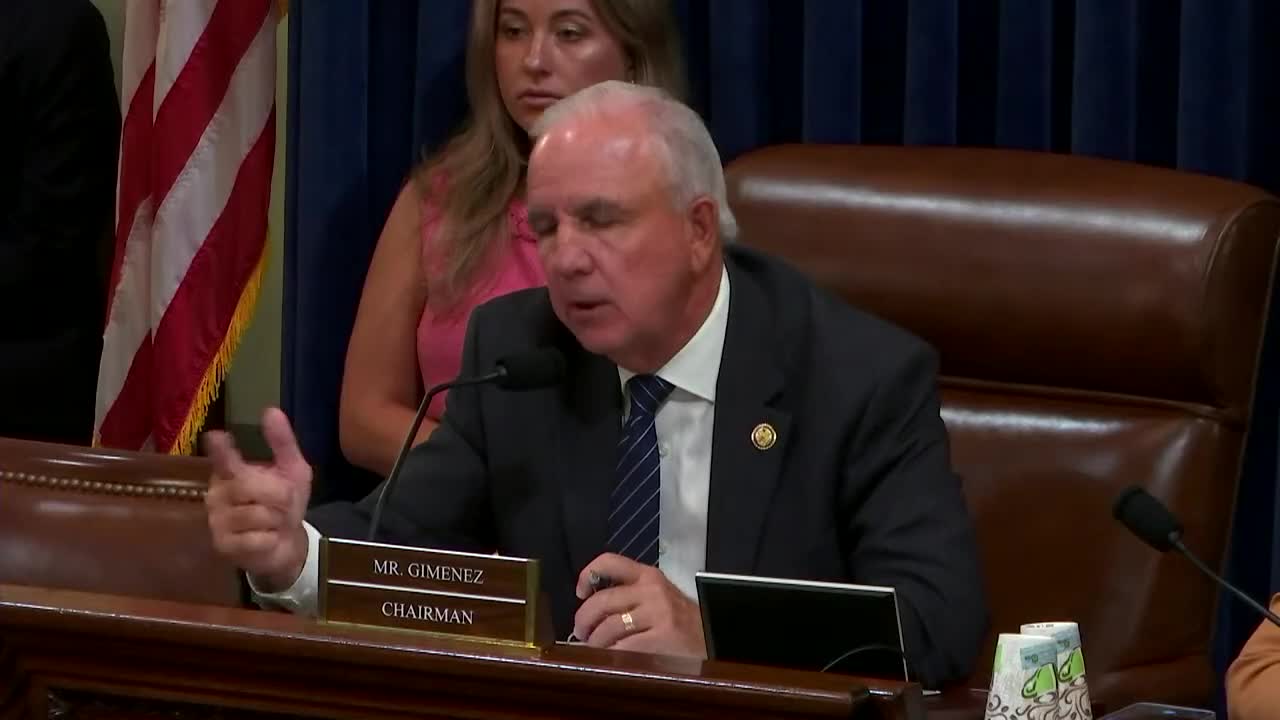
This article was created by AI using a video recording of the meeting. It summarizes the key points discussed, but for full details and context, please refer to the video of the full meeting. Link to Full Meeting
One of the key points raised was the significant economic impact that a drone attack could have. For instance, Miami International Airport, a major economic driver for Miami-Dade County, employs 40,000 people directly and supports an additional 300,000 jobs indirectly. A successful drone attack could ground air traffic, leading to severe economic repercussions not only for the airport but for the entire region.
Participants emphasized the importance of understanding airspace management. Currently, there is a lack of awareness regarding who is operating drones and their intentions. A recent incident in Miami, where a drone was spotted at a high altitude near the airport, underscored the need for better tracking and identification systems. Experts argued that without a comprehensive airspace management solution, distinguishing between hostile and non-hostile drones remains a challenge.
The meeting also touched on the complexities of expanding counter-drone authorities to state and local law enforcement. While there is a push for greater authority, past incidents, such as a counter-drone operation by the Secret Service that caused safety alerts for nearby aircraft, highlighted the need for careful coordination among agencies to ensure airspace safety.
Lawmakers discussed the potential for hosting large events, like the World Cup and the Olympics, in domed stadiums as a way to mitigate drone threats. This suggestion was met with interest, as it could significantly reduce the risk of drone attacks during high-profile gatherings.
As the discussion concluded, it was clear that addressing the challenges posed by drone warfare requires a multifaceted approach. This includes enhancing airspace awareness, improving interagency coordination, and considering innovative solutions to protect public safety at large events. The committee's ongoing efforts aim to ensure that the U.S. is prepared to confront these evolving threats effectively.
Converted from Industry Perspectives on How Drone Warfare Abroad Is Transforming Threats at Home meeting on July 16, 2025
Link to Full Meeting
Comments
View full meeting
This article is based on a recent meeting—watch the full video and explore the complete transcript for deeper insights into the discussion.
View full meeting